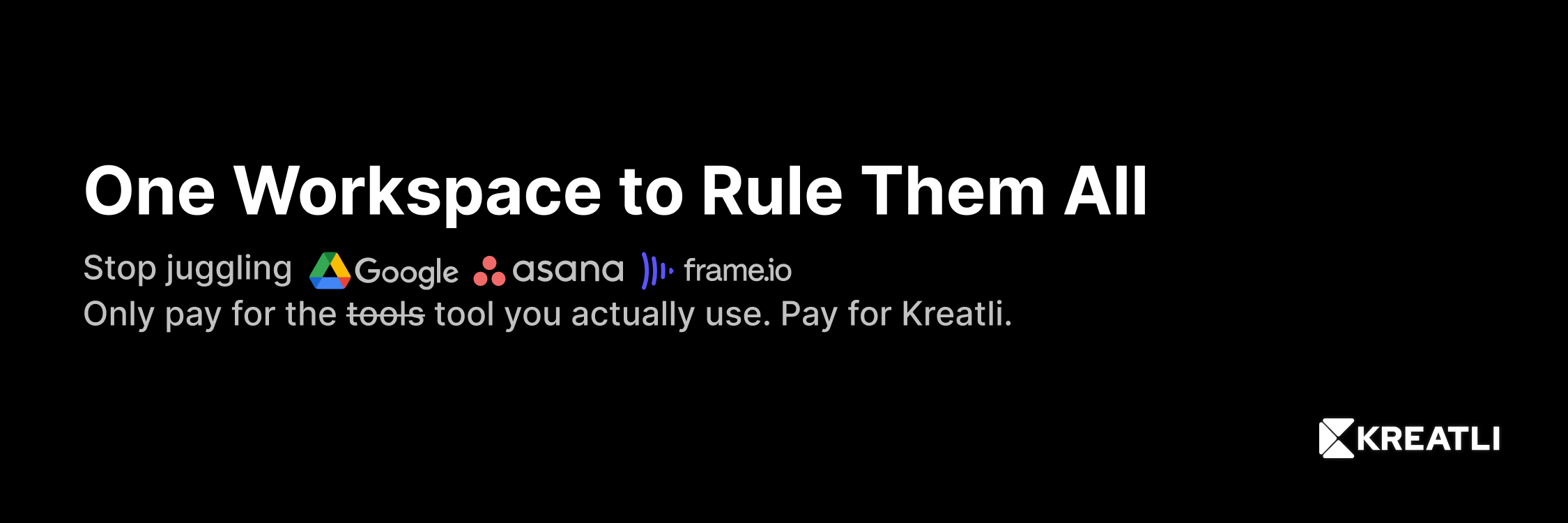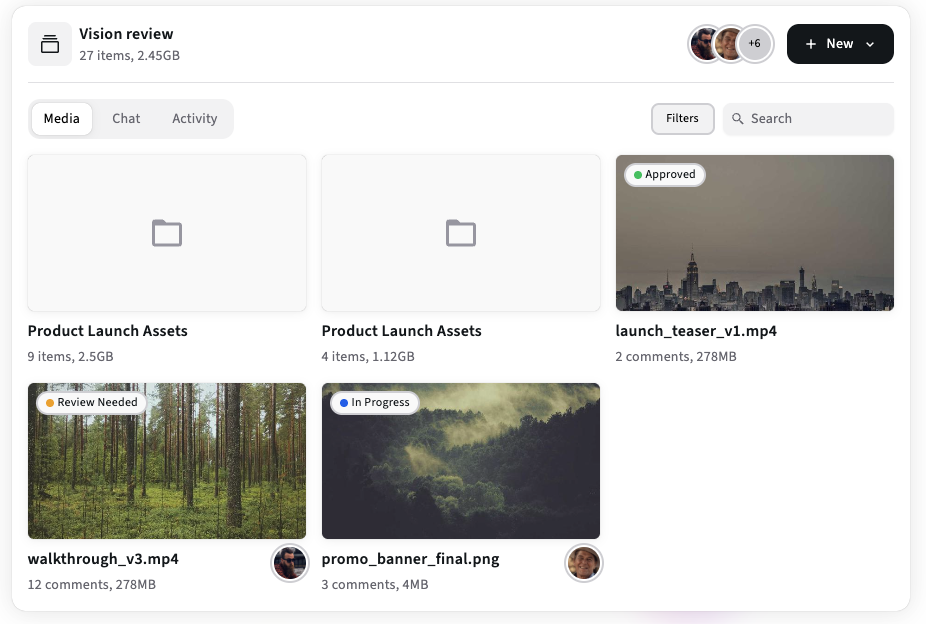How Cloud File Sharing Changes Freelance Collaboration
Cloud file sharing transforms how freelancers work with studios and agencies - faster handoffs, simpler guest access, proxy review, and new pricing/rights patterns. Practical workflows, tool choices, and a checklist to onboard freelancers without chaos.

The new normal for freelance creative work
Cloud file sharing changed freelance collaboration from “deliver a drive” to “drop a link, get feedback.” For editors, motion designers, and VFX freelancers this shift means faster handoffs, fewer misunderstandings, and the ability to work across time zones without shipping drives. But it also introduces new requirements: proxy-friendly review, secure guest access, predictable transfer workflows, and clear asset ownership.
Below: practical patterns, tool recommendations (with links), and a one-week onboarding checklist you can use today.
Why cloud file sharing matters for freelance workflows
Key gains for studios and freelancers:
Speed: No courier wait - assets can be available within minutes of upload. Services built for large media (e.g., MASV) move TBs reliably. MASV
Lower friction for clients: Simple share links or branded review pages reduce onboarding friction for clients and reviewers. Tools like WeTransfer make one-off quick shares trivial. wetransfer.com
Better review cycles: Cloud workspaces that stream proxies enable frame-accurate comments without every reviewer downloading masters. Google Drive and Dropbox provide general sharing while specialist platforms handle proxy streaming and review workflows. Google
These changes let freelancers start work sooner, iterate faster, and bill more productively.
Typical modern freelance workflow (recommended)
Ingest / Transfer of masters
For very large camera archives or final masters, use a high-speed transfer service (MASV, IBM Aspera) so uploads don’t restart and integrity is guaranteed. MASV
Proxy generation + hosting
Generate streaming proxies (720/1080p) and host them in the review workspace (avoid forcing reviewers to download 4K). Tools that integrate proxy generation save time. kreatli.com
Invite freelancer + client
Create project-limited access (guest reviewer/editor roles) so freelancers see only what they need. Dropbox/Google Drive invite flows are simple, but project-first workspaces make permission boundaries clearer. Dropbox
Frame-accurate review and iterate
Reviewers use timecode-pinned comments; editors resolve them in one pass. This is where a proper review player wins the day. kreatli.com
Final delivery & archive
Deliver masters via a managed transfer or secure cloud bucket; then archive with lifecycle rules.
Tools that freelancers actually use
MASV - fast, pay-as-you-go large-file transfer. Great for one-off TB deliveries. MASV
IBM Aspera - enterprise-graded accelerated transfer. Ideal when you need guaranteed output and enterprise reporting. IBM
WeTransfer - quick, low-friction one-off shares. Useful for compressed review clips and creatives who want near-zero onboarding. wetransfer.com
Dropbox - general shared folders and team workflows. Good for ongoing collaboration and basic previewing. Dropbox
Google Drive - ubiquitous document + small asset sharing. Great for docs, scripts, and small exports. drive.google.com
And for a project-first workspace that bundles chat, proxies and review pages, see Kreatli - helpful when you want to keep everything (files, comments, approvals) tied to the same project. kreatli.com
Practical policies that prevent scope creep and confusion
Define deliverables and formats in the brief (exact codecs, timecode ranges, target aspect ratios).
Require file naming conventions (Project_Client_v01_editorInitial).
Use TTL (time-limited) share links for review copies and make download permissions explicit.
Embed watermarking on preview copies for client reviews if the content is sensitive.
Capture approvals inside the project workspace so you can show who signed off and when.
When policies are consistent across freelancers and projects, onboarding time drops dramatically.
One-week onboarding checklist for a new freelance partner
Day 1: Share a small proxy pack and full brief, invite them to the project workspace (or shared folder).
Day 2: Run a quick connectivity and transfer test (MASV/Aspera or resumable upload).
Day 3: Verify the freelancer can stream proxies and leave a timecode comment.
Day 4: Do the first edit pass; collect grouped comments for a scheduled edit slot.
Day 5–7: Finalize and deliver the master via transfer; archive the project.
Track onboarding time and the number of clarifying messages; goal is <2 clarifying messages and <24 hours to first usable draft.
Pricing & rights: what freelancers should watch for
Transfer costs: MASV-style pay-per-GB vs subscription cloud egress fees - agree in advance who pays.
Storage: Long-term storage fees can add up -clarify who archives masters and for how long.
Licenses & usage: Confirm deliverables include the required usage rights (social, broadcast, global territory) in writing.
Document these in a simple SOW (1 page) and attach it to the project workspace.
Where Kreatli helps freelance collaboration
Kreatli centralizes project assets, comments, and approvals in one project workspace so freelancers don’t juggle multiple folders and links. It offers project-scoped permissions and proxy playback so freelancers can focus on the cut, not the logistics. Start a free Kreatli project to pilot a workflow and invite a freelancer for a two-week test. kreatli.com
FAQ
Q: Should freelancers host their own cloud or use the client’s workspace?
A: Prefer the client’s workspace for consistency and archive centralization, unless the freelancer provides short-term extras (e.g., sound mixes) that are easier to upload from their account.
Q: What if a client refuses to pay transfer fees?
A: Include a clause in the SOW that clarifies which transfers are billable and require pre-approval for overages.
Conclusion
Cloud file sharing speeds freelance collaboration but only when combined with clear policies, the right transfer tool for masters (MASV/Aspera), proxy-based review, and project-scoped permissions. Run the one-week onboarding checklist above with a freelancer and measure onboarding time and clarifying messages. If you want a single place to centralize invites, proxies, and approvals, try a free Kreatli project this week and invite your next freelancer into it.
Start a free Kreatli Project
or book a 15-minute workflow audit, and we will help you map a 6-week pilot tailored to your team.
